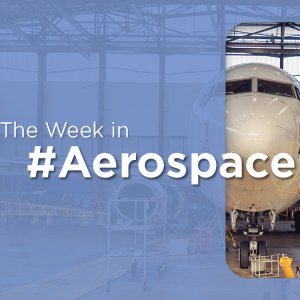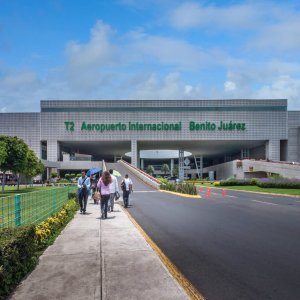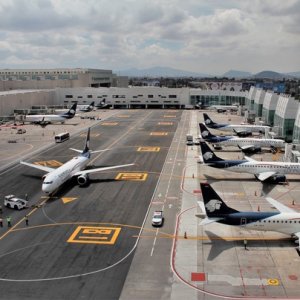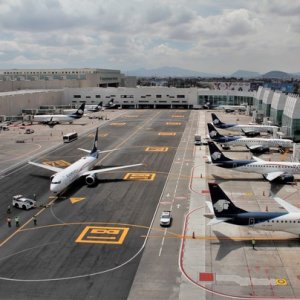Radiography of the Mexican Aeronautical Higher-Education System

STORY INLINE POST
Given the global importance and growth potential of the aeronautics and space industry — according to the Mexican Space Agency in its Space Activities Program 2020-2024, “every dollar that will be invested in space telecommunications will recover $60” — it is necessary that industry, government and academia collaborate on activities to promote the development of these sectors, drive greater participation of professionals and expand investment and growth opportunities in the industry for the benefit of Mexican society.
Creating the Strategic Agenda
More than 70academics, researchers and executives from 31 Higher Education Institutions (HEIs), which included 13 technological and polytechnical universities, seven campuses of the National Technological Institute, five autonomous universities, and four private HEIs, among which are the Technological Institute of Higher Studies of Monterrey (ITESM), as well as the National Polytechnic Institute (IPN) and the National Autonomous University of Mexico (UNAM), participated in the project to create the “Strategic Agenda of Higher Education Institutions for the Aeronautical and Space Sectors 2030” (the Strategic Agenda), a strategic document whose main purpose is to strengthen the higher-education system with an educational offer for these sectors.

To fulfill this purpose, it was necessary as a first step, to understand and catalog the needs of the aeronautical and space sectors today and to 2030 (needs, technological and productive trends as well as projections). In a second step, information from all higher-education institutions was concentrated in a database, which made it possible to obtain an inventory of the capacities of universities, technological institutes, schools and training centers to subsequently be able to contrast this reality and, objectively, determine the gap between the current state and the expected state(the Vision to 2030).
The expected state was described in a vision statement for the entire specialized higher-education system by 2030 and, once visualized, it was possible to determine strategic programs and projects, which are the main tools that will move the educational system to meet the Strategic Agenda in Mexico, creating with this, a specialized educational system prepared to take advantage of the opportunities of the future.

Content of the Strategic Agenda
Each of the steps described in the previous section corresponds to the content of the chapters of the Strategic Agenda:
Chapter 1 – Overview of the Mexican Aeronautical and Space Sector. This chapter describes the importance of these sectors in the national economy, the productive vocations of Mexico as well as the post-COVID recovery and growth projections, to later analyze the technological trends of the future, the need for professionals in terms of quantity, the technical and soft skills that those who will be working in this sector will need to learn and the careers that are required.
Chapter 2 – Radiography of the Specialized Higher Education Sector in Mexico. This chapter describes the inventory of capacities that universities, technological institutes and schools have in terms of infrastructure, educational offer, teachers, research, technological development and innovation and linkage mechanisms, among others.
Chapter 3 – Gap Analysis. The needs of the aeronautical and space sectors for the future are contrasted against the situation of the specialized higher-education system. This reality is described and conclusions are obtained that are inputs for chapter 4.
Chapter 4 – Flight and Orbit Plan. This is the strategic analysis resulting from digesting the facts found in the first three chapters. Using various tools, such as the SWOT analysis (Strengths, Weaknesses, Opportunities and Threats), the large strategic projects that must be launched over time are determined in order to ensure the existence of professionals with the skills, knowledge and experience necessary for new investments to be consolidated and the growth of the industry to be potentialized. This section also establishes the action plan, which is a description of the projects, the main steps covered by each of them and who should lead them, so that they achieve the proposed objectives.

Presentation of the Strategic Agenda to Mexican Society
On Aug.t 5, 2022, the group of institutions that participated in the project to create the Strategic Agenda presented it to Mexican society, with the presence of Minister of Education of Mexico Delfina Gómez Álvarez, Deputy Minister of Higher Education Francisco Luciano Concheiro Bórquez, Governor of the State of QueretaroMauricio Kuri González, and heads of organizations of the aerospace sector (such as FEMIA and COMEA) as well as the Armed Forces.
The event took place at the facilities of the Aeronautical University in Querétaro (UNAQ), during which UNAQ delivered the final version of the Strategic Agenda to the president of the Mexican Council for Aerospace Education (COMEA) in a symbolic gesture, since COMEA will be the organization responsible in the future for promoting its deployment and its updating, with the aim that this initiative lasts over time.
What is described in the Strategic Agenda represents the point of view of the body of academics, researchers and executives of higher-education institutions, in reference to the steps that strengthen triple-helix innovation, to position Mexico as a builder of specialized professionals in the productive sector for the benefit of its communities and of Mexican society as a whole.
It was a pleasure and an honor to have led an initiative of this magnitude and one that has great potential to generate positive impacts for all of Mexico.
The final document of the Strategic Agenda of Higher Education Institutions for the Aeronautical and Space Sectors 2030 is available in the following link:
https://www.unaq.edu.mx/Agenda_Estrategica_de_la_IEAE_2030_D.pdf








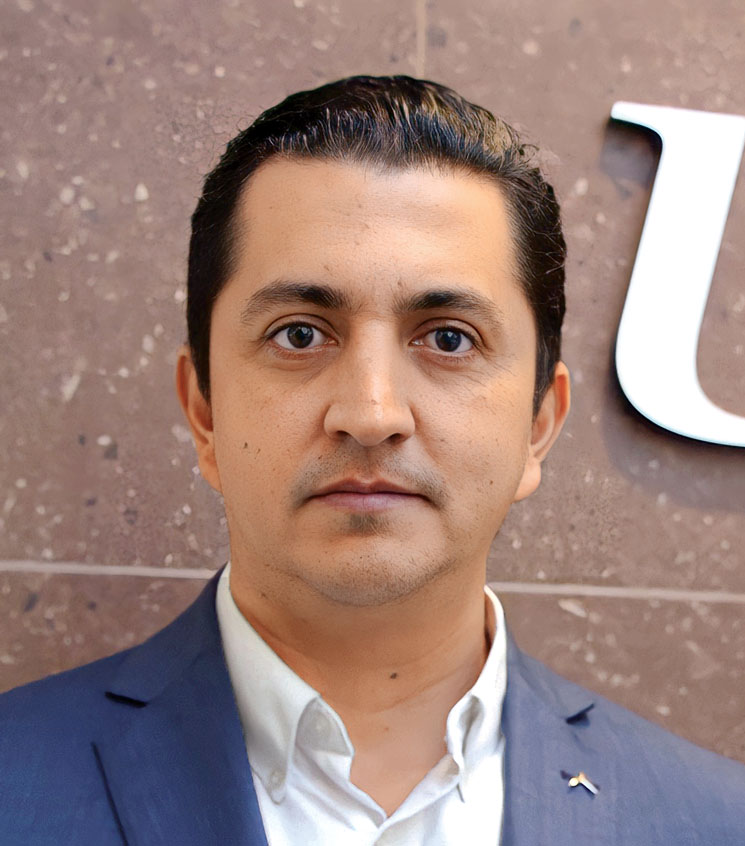 By Enrique Sosa | President / Rector -
Tue, 10/04/2022 - 13:00
By Enrique Sosa | President / Rector -
Tue, 10/04/2022 - 13:00


